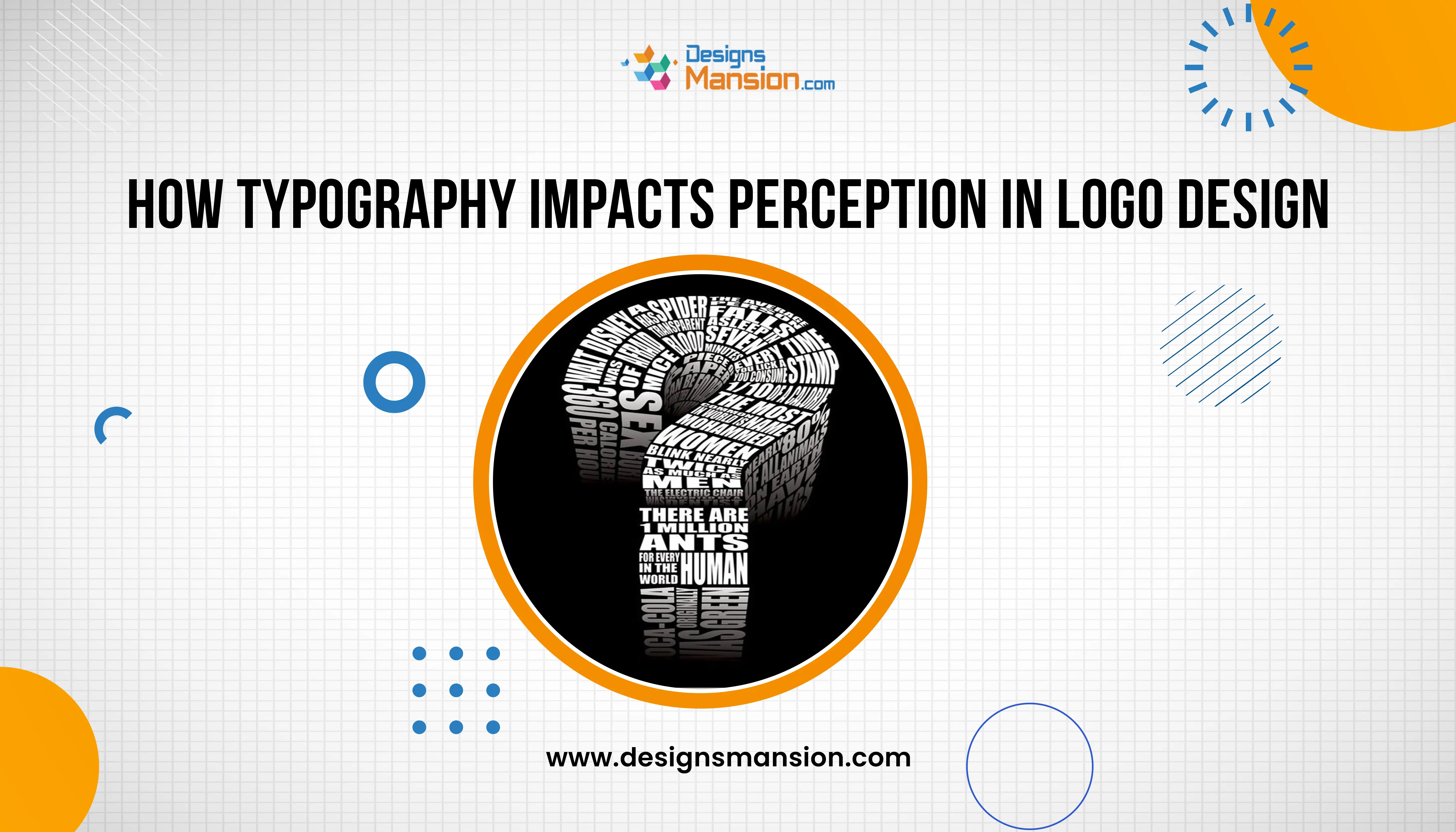
Providing you the perfect solution for your business needs. Let's work together and unlock doors to success.

When individuals consider the logo design, they usually imagine color, signs, or forms. Nevertheless, logo typography is one of the least underestimated but most potent factors that influence the brand identity. The typeface and styling of your logo can have a significant impact on customer perception of your brand, whether it is trustworthy/reliable or fun. Typography is not merely making words decipherable--it conveys feelings, principles, brand tone at a single glance.
Consider typography to be the voice of your brand. The same way that tone of voice can influence the reception of a message, fonts have the same influence in the visual world. An example of this is that a luxury brand tends to use fancy serif fonts to indicate class and tradition, whereas tech startups tend to use modern sans-serif fonts to imply something innovative and straightforward.
The appropriate logo typography will make the character of your brand immediately noticeable. A playful, bulbous font can be used with a children's clothing establishment, but this is not applicable in a financial institution where trust and authority are needed. The misplaced font can mislead customers or even convey the very opposite message to that which your brand is trying to convey.
Your brand tone is established by your logo. There are typography options that can be used to create an impression of a formal, casual, novel, or traditional brand. Consider these examples:
When you match your logo type with your brand tones, you make sure that there is uniformity in all touchpoints, such as the web design and product packaging. This reliability creates trust and recognition in the long run.
Typography can affect the perception of the people of a brand even before they think about the name. Branding psychology research indicates that fonts arouse emotions on a subconscious level. Angular, sharp fonts can be considered aggressive, while rounded fonts can be friendly and warm.
As an example, consider two coffee shops, one with a handwritten logo written in handwritten fonts and the other bold in blocky fonts. The former may look like a warm, handyman cafe, whereas the latter can be associated with the notions of speed, efficiency, and power. Products may be alike, but perception is totally different with typography.
Typography is one of the best means of distinguishing in the congested markets. Given that logos have to be seen within a short period of time (on a webpage, advertisement, or social media), the font should be clear, scalable, and memorable. The distinctive type of logo will help to come up with a visual mark that the competitors will find difficult to copy.
In addition, typography gives a logo everlastingness. Colors and design can change; however, a carefully selected typeface will provide your logo with a long shelf life and make it stay up-to-date over the years.
Logo design typography is not only a matter of style, but a strategic choice. Your brand image is influenced by the chosen logo typography; it determines your brand tone and leaves a long-lasting impact on your audience. It is not only the symbols or colors but the way the words speak of your personality and values, which make a strong logo. In case you hope your brand will create the appropriate impression and shine, it is critical to engage professionals who know what is going on in terms of the psychology and strategy of typography. It is the type of attention to detail that you will never lack at Design Mansion.